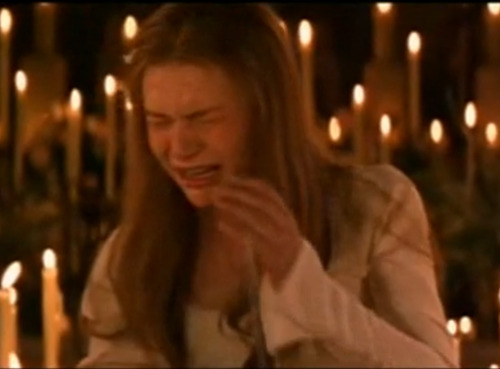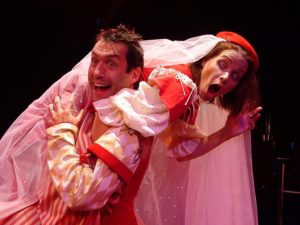
Last week there was a bit of nonsense in the news when some politician called another politician and “empty barrel” making the most noise. I do know the names of all parties involved, but we’re not here for the politics so why get into it? The comment probably would have gone unnoticed, like so many idioms might, if it were not for the fact that woman on the receiving end of the comment immediately said, “That’s racist.”
Many people, myself among them, would be quick to point out that it’s not racist, it’s Shakespeare. Henry V, Act IV Scene 4:
I did never know so full a voice issue from so
empty a heart: but the saying is true ‘The empty
vessel makes the greatest sound.’
I even repeated on Twitter that Shakespeare is the source of this quote. But, for the record, he’s not. It even says so right there in context if I’d been paying attention — “the saying is true”. It was already a saying when Shakespeare wrote it down.
The saying seems to date all the way back to Plato, although I can’t find any specific references as of yet. Anybody got one, so we can make it official?
What I’m finding interesting is that the more I look into it the more I’m not sure I know what it was originally supposed to mean. These days it’s used to imply that the people without anything intelligent to say (the empty barrels) are precisely the ones that won’t shut up. But I’m not sure that’s what Plato would have meant? I could just as easily imagine it as more complimentary — “The person who is always open to learning new things is the one who will make the biggest impact in the world.” That’s pretty much the opposite.
There’s supposedly a second half to the quote, “So they that have the least wit are the greatest blabbers,” which would clearly suggest the first meaning is the intended one. But I learned a long time ago not to simply believe something is true because it shows up in a quotes database on the internet.
Thoughts?

 Sometimes we realize this when we wake up to discover that an entertainment idol has died – Robin Williams, David Bowie, Tom Petty. You don’t appreciate what you had until life tells you, “No more.”
Sometimes we realize this when we wake up to discover that an entertainment idol has died – Robin Williams, David Bowie, Tom Petty. You don’t appreciate what you had until life tells you, “No more.”
 We generally agree that Taming of the Shrew is, at best, “nothing special” Shakespeare. I refer to it as a Shakespearean sitcom, and compare it to a Seinfeld re-run that you see on the hotel room tv when you’re channel surfing. Maybe you’re all “Oh yeah, this is a good one” or maybe you’re more, “Eh, seen this one a thousand times.”
We generally agree that Taming of the Shrew is, at best, “nothing special” Shakespeare. I refer to it as a Shakespearean sitcom, and compare it to a Seinfeld re-run that you see on the hotel room tv when you’re channel surfing. Maybe you’re all “Oh yeah, this is a good one” or maybe you’re more, “Eh, seen this one a thousand times.” Now if you told me, in a year when I was alive, that a Shakespeare production was sweeping the night? I’d watch the whole thing with popcorn. Probably call some friends.
Now if you told me, in a year when I was alive, that a Shakespeare production was sweeping the night? I’d watch the whole thing with popcorn. Probably call some friends.